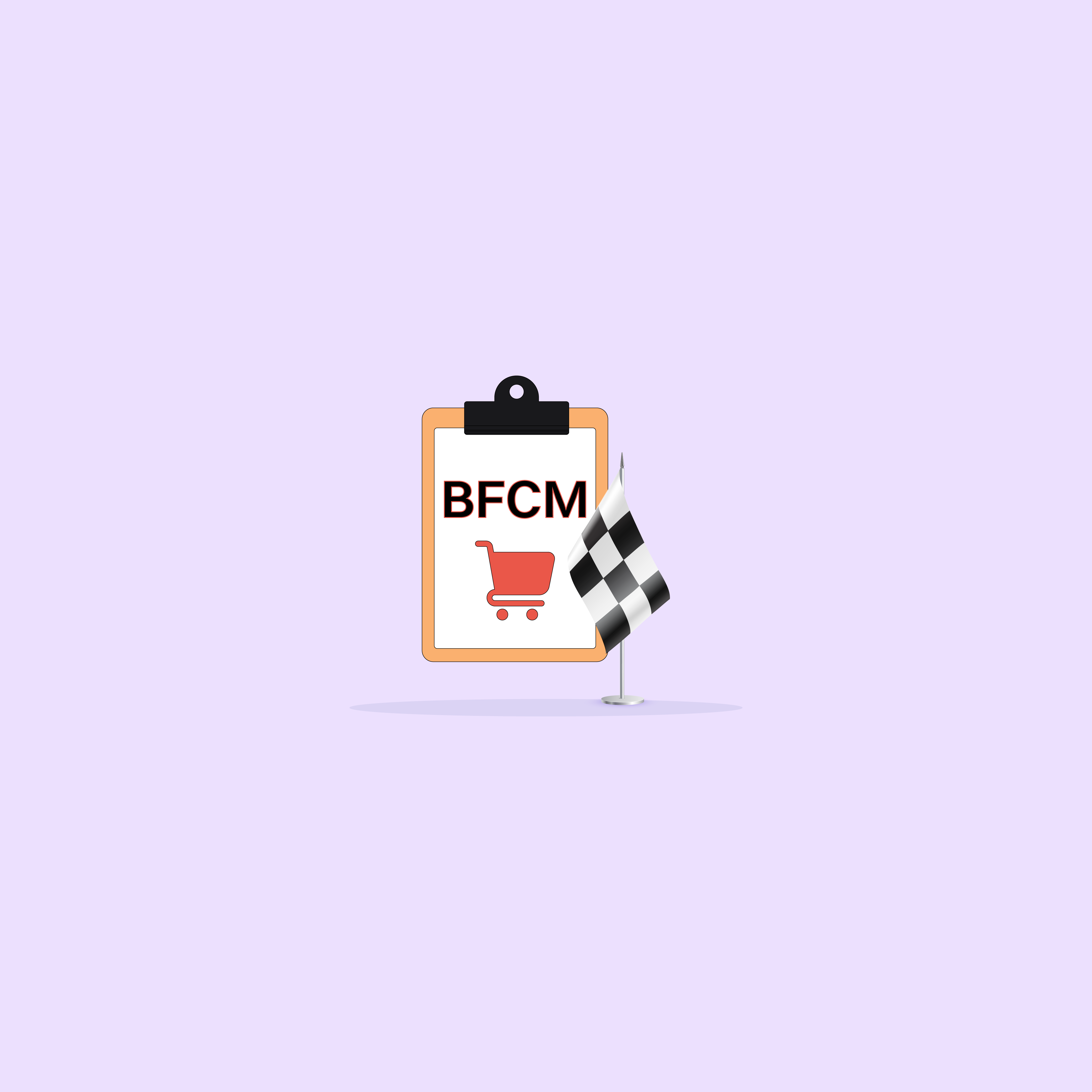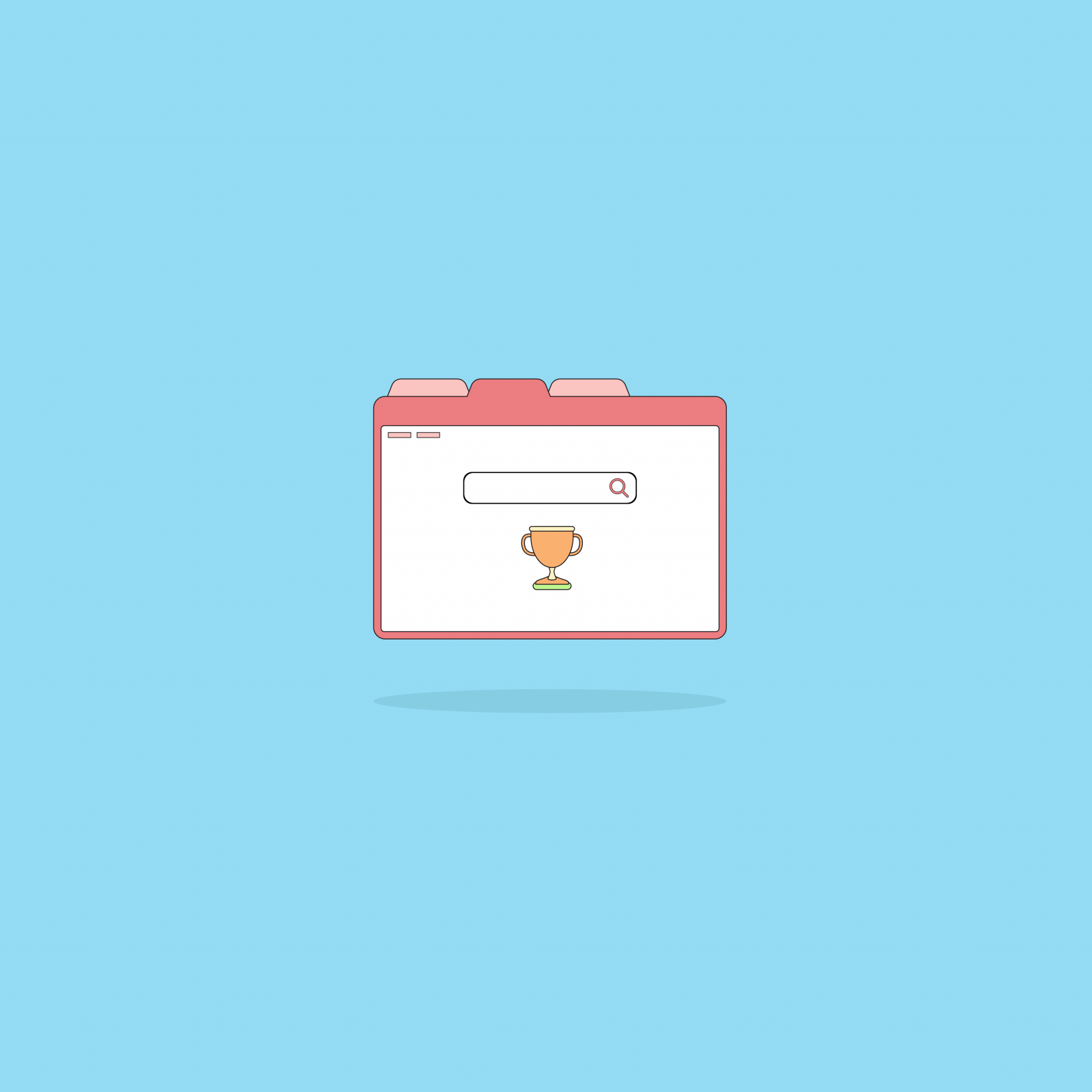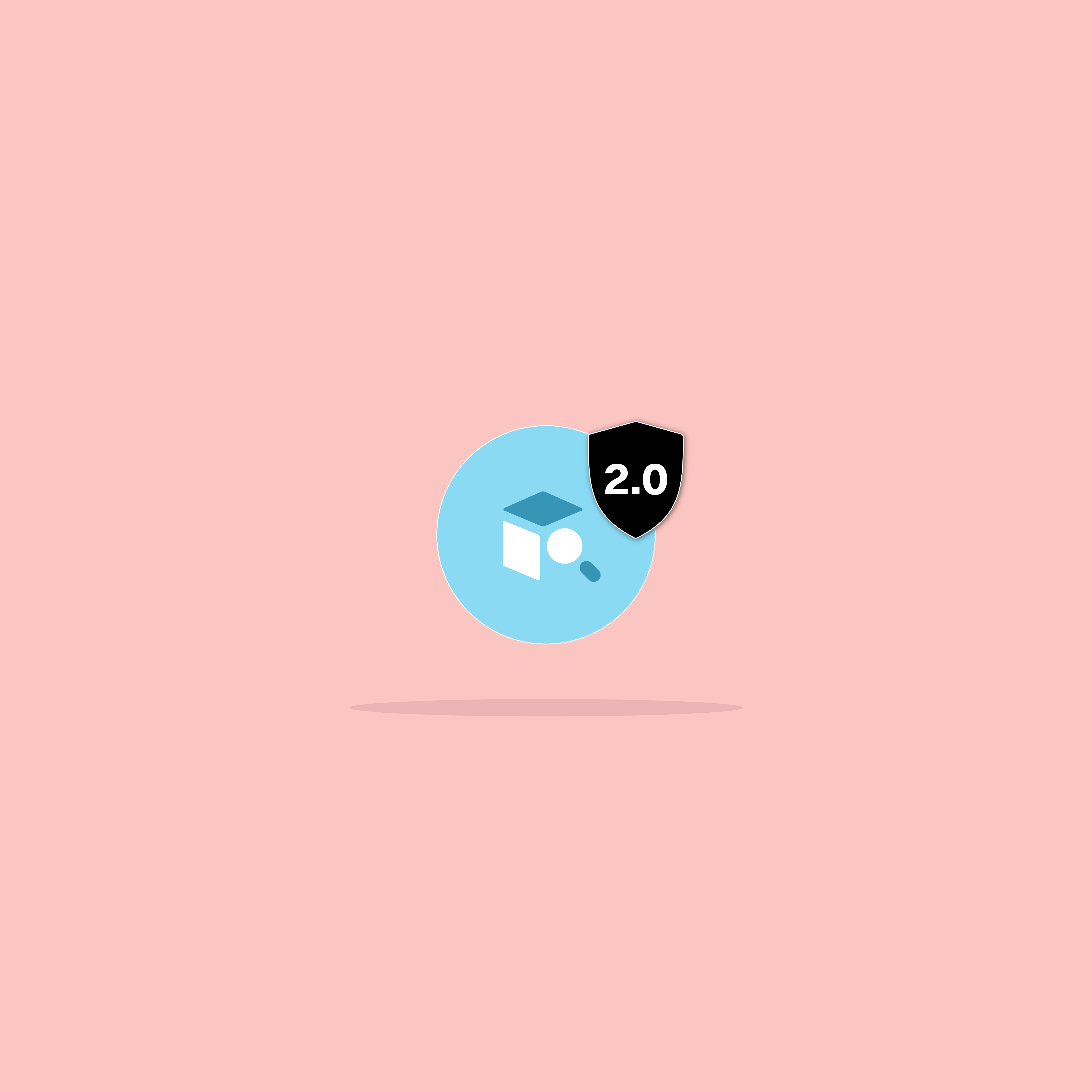Our websites use cookies. By continuing, we assume your permission to deploy cookies as detailed in our Privacy Policy.
Sending Personalised Emails Can Be Awesome for Increasing Conversions
Email Personalisation: How To Avoid Being Creepy
Sending personalised emails can be awesome for increasing conversions. But, they can sometimes be intrusive for customers. Here’s how to avoid that.
How do you talk to your customer to make them feel special? Duh, a personalised email of course.
Email personalisation can be a powerful way to connect to your customer. You want to help them solve a problem, inspire them to try something different, or give them an endorphin rush when they buy something shiny and new. Personalised emails aren’t just a matter of courtesy. They drive revenue and can generate 122 percent ROI. That’s more than just extra change for the morning coffee. But it’s easy to step over the line.
To be fair, the line may move depending on who you’re talking to – Millennials and Gen Zers are pretty easygoing about having their data collected for marketing purposes. Nonetheless, many people are getting more concerned about how their data is being collected and used. When Netflix tweeted this as a joke, for instance, people were both amused and outraged:



Even worse, once you’ve crossed the line to become a creep, you’ve lost your customer. And, if you’ve really messed up, word will spread fast and you’ll receive more shocked reactions than Ricky Gervais delivering his Golden Globes monologue. Rebuilding trust takes time (and money).
So get it right from the get-go.
How to connect with your customer, but not be creepy: getting the tone just right
Go beyond just inserting their name in the subject line. That does work, but it’s pretty old-school. Customers get dozens of these emails in their inboxes daily. All asking them to do something or how they feel. Just one more and what they’ll “do” is press delete and “feel” annoyed. Not exactly the result you want.
Don’t be too chummy. They haven’t yet decided if they want to be best friends. So don’t go too far. Aim for something in the middle. Think professional airline steward on a long-haul flight. They understand the meaning of being discreet. They’ll pick up on signs you’re hungry, want to sleep, or can’t figure out how the headphones are plugged in, but will leave you alone too – unless you feel like a chat. They’ll return every now and then to check in. They make you feel as if they care about your well-being and if you have a problem they’ll go above and beyond to sort it out.
Genuine, informative, useful and friendly. Always available but not in-your-face. The hard sell might get sales in the door initially. Facebook Ads and push notifications won’t ever stop being relevant marketing tactics. They’re great for customer acquisition. But is acquiring new customers what you should be focusing on?
Customer retention is more effective if you want to save time and money. That’s why getting the right tone for personalised emails is so important. You want your customers to turn into regular customers who also refer you to their friends, family, and colleagues.
Um, who are you again? Understanding your customer and creating customer personas
You need to know your customers before you can write a standout personalised email. In fact, a whopping 55 percent of marketers believe they don’t have enough data to create topnotch personalised emails. Despite the fact that almost every B2C marketing campaign uses them. So either email marketers are doing the old “insert first name here” tactic, using algorithms to autogenerate messages, or just plain guessing. Hence creepy emails.
That’s where profiling or customer personas come in.
Creating detailed customer personas is an essential part of every company’s marketing plan and not just for crafting non-creepy personalised emails. How do you make them? Talk to your customers directly or find other ways to see how they engage with the marketing funnel to understand their buying habits.
There are several ways to do this. Chat to them on the phone, ask them to fill out a survey and give them a reward in return, hold a focus group or subcontract a market research company. Use a chatbot to gather their email or offer a lead magnet to get it instead and follow up.
It can still be pretty difficult to get enough detailed data using these methods. And the level of error is significant given customers are talking about what they did in the past and relying on their memory. Although this all seems like pretty hard work, the risk of skipping a few steps and getting it wrong is bad. Very bad. It’s fair to say that the stakes are higher the more (im)personal it is.



Using web analytics tools and gathering data in real-time is one surefire way to really know what customers are thinking. You can easily collect a mountain of high quality data to create personalised emails for each of your customer personas. You’ll still need to verify this by talking to customers directly though.
Fun and friendly: collect data using interactive content

One way of collecting high quality data for creating customer personas is to use interactive content. Interactive content engages customers to give back – think active, not passive. They get a reward for engaging and giving information. Instead of using boring old forms, try a quiz, or host a giveaway or competition, to gather data and find out your customer’s likes and dislikes.
You’ll brighten up your customer’s day. It’ll help create a positive connection with your brand. Instead of associating you with just another company that wants their data to sell them something, they’ll look forward to a quick fun quiz or a prize and learning something new.
For instance, combine pop culture and basic arithmetic to learn about your audience, find out what sunglasses customers like the most, or get customers to take a celebrity personality test. Keep it simple, relatively short, and mix up the kinds of content you use. You could make it based solely on images or gifs, multiple-choice, or points-based. Make it witty, light, and personable.
Using quizzes, you can quickly find out what your customer wants. It’s a great way to gather information, promote your brand, and build community, in a fun and friendly way. Quite the opposite of creepy.
Know each of your customers well
Once you’ve collected the information you need, it’s time to get to work analysing it. Whoa, data overload.
That’s a good thing, though. It can take time and a lot of follow-up to understand the data and what to do with it. But in the end, you’ll be left with very distinct customer personas that will be the foundation of your marketing campaigns and product development.
Since you won’t have just one type of customer especially if you’re international and have several products or services, you need to create different customer personas and corresponding sets of personalised emails.
Repeat regular customers deserve VIP personalised emails, overseas markets might need to be written in their native language, and older and younger people may have varying preferences. That’s why you need to segment your email list and create personalised emails for each segment. There are a number of tools you can use to help segment your emails and automate them. Personalised emails for each segment should be A/B tested and refined until you get that balance just right.
And then you’re ready to hit send! Well, almost…
Trust and transparency: use data only with explicit consent to do so

Last but not least, make sure you gain and maintain trust. Follow best practice regarding data collection and privacy laws. Data is the world’s most valuable resource today and big companies like Apple, Amazon, and Microsoft have made billions from mining it. To build trust, be upfront about why you’re collecting data and how you intend to use it. Sure, customers are aware their data is being collected. And almost everyone clicks on “I accept” immediately whenever a cookies message pops up. Who has time to read through and unclick options on every single website you access?
That doesn’t necessarily mean all the information you collect should be used. There’s a reason why the Facebook and Cambridge Analytica scandal caused such an uproar. There’s a reason why companies like DuckDuckGo are growing. And, there’s a reason why the European Union implemented the GDPR policy.
Be upfront about why you want data from a customer and how you’ll use it. Even Millennials and Gen Zers who are used to receiving highly personalised ads and push notifications, can sometimes feel like their personal space has been breached.
If customers are aware of how you use their data to send product recommendations or thoughtful reminders and updates, they’re more likely to agree to give you data. Especially if those personalised emails are actually saving them time, money, offer something exclusive, of higher quality, or faster payment or delivery.
And if a customer asks you to opt-out of subscribing to emails about offers or newsletters, do it immediately. Ask them if they can tell you why before they unsubscribe. At least they’ll feel they have a choice and that choice was respected. You’ll still be trusted later on if they decide to resubscribe, which is essential for customer retention and sustained growth.








